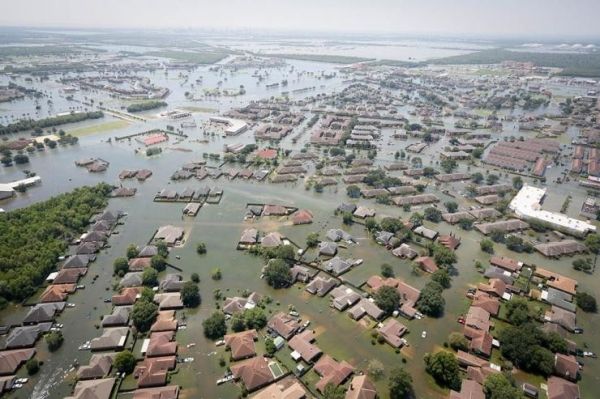Alleviating suffering more effectively in the wake of hurricanes may require a shift in relief strategies, says a new committee report by the National Academies of Science, Engineering, and Medicine.
In the immediate aftermath, relief agencies rush in survival supplies like water, food, medicine, and blankets. But instead of prioritizing and maintaining the relief supply chains, a transition to restoring a place’s normal supply infrastructure could help more people more quickly. That’s the first recommendation from over 125 pages of case studies and analyses, issued by an eight-member National Academies committee that included Pinar Keskinocak, a professor at the Georgia Institute of Technology and the director of its Center for Health and Humanitarian Systems.
Hurricanes can kill many victims by drowning, and in their wake, mangled homes and roads, contaminated water, and shortages of everything compound suffering. Restoring supply lines, primarily of the private sector, would accelerate recovery, according to the report, but relief efforts can unintentionally conflict with that.
“Relief supply chains inevitably compete with regular supply chains, given limited resources, such as transportation. If the focus is primarily on pushing relief supply rather than restoring infrastructure and supply chains to normalcy, we may unwittingly delay recovery and prolong the aftermath,” said Keskinocak, who is William W. George Chair and Professor in Georgia Tech’s School of Industrial and Systems Engineering.
Continue reading at Georgia Tech
Image via Georgia Tech


